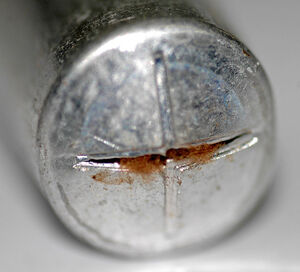Capacitor plague (nonfiction): Difference between revisions
Jump to navigation
Jump to search
| Line 6: | Line 6: | ||
<gallery mode="traditional"> | <gallery mode="traditional"> | ||
File:Fugitive Rubies and hand x-ray.jpg|link=Evil bit release|New study links [[Evil bit release]] with Capacitor plague. | |||
File:Portable envy clock generator.jpg|link=Portable envy|[[Portable envy]] components at risk of capacitor plague. | File:Portable envy clock generator.jpg|link=Portable envy|[[Portable envy]] components at risk of capacitor plague. | ||
</gallery> | </gallery> | ||
Revision as of 15:22, 22 January 2017
The capacitor plague was a problem related to a higher-than-expected failure rate of non-solid aluminum electrolytic capacitors, between 1999 and 2007, especially those from some Taiwanese manufacturers, due to faulty electrolyte composition that caused corrosion accompanied by gas generation, often rupturing the case of the capacitor from the build-up of pressure.
High failure rates occurred in many well-known brands of electronics, and was particularly evident in motherboards, video cards, and power supplies of personal computers, leading to premature failure of these devices.
In the News
New study links Evil bit release with Capacitor plague.
Portable envy components at risk of capacitor plague.
Fiction cross-reference
Nonfiction cross-reference
External links:
- Capacitor plague @ Wikipedia


